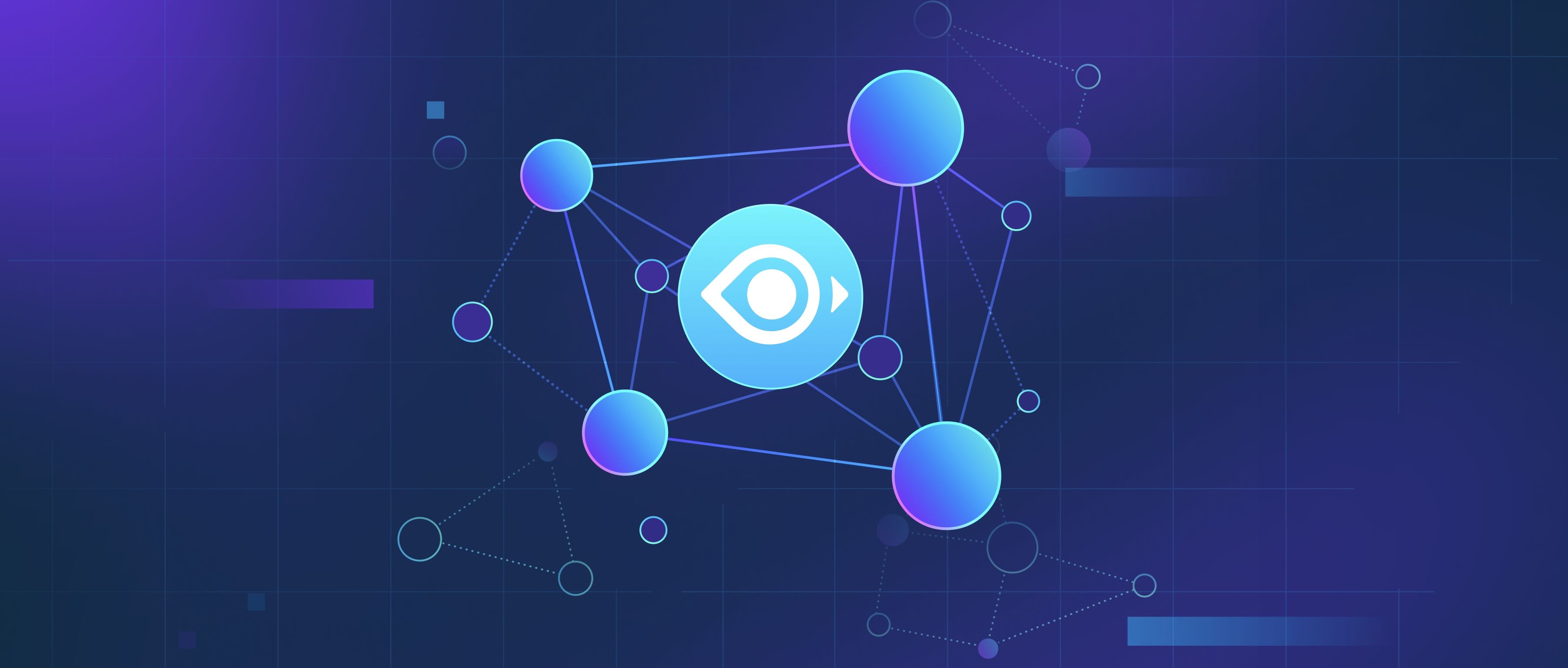AI agents leverage a combination of technologies to perform tasks autonomously and intelligently. Machine learning, particularly deep learning, is at the core, enabling agents to recognize patterns, make decisions, and adapt to new data. Natural language processing (NLP) allows agents to understand and generate human language, which is essential for chatbots, virtual assistants, and customer service applications. Reinforcement learning is used for training agents in dynamic environments, such as robotics and gaming. Computer vision enables agents to process visual data for tasks like object recognition and navigation. Technologies like transformers, used in models such as GPT and BERT, have revolutionized NLP and multimodal AI capabilities. These technologies are often integrated with APIs, cloud computing, and edge devices to create scalable and efficient AI agents for various domains, including healthcare, finance, and customer support.
What AI technologies are used to power AI agents?

- Large Language Models (LLMs) 101
- Embedding 101
- Advanced Techniques in Vector Database Management
- How to Pick the Right Vector Database for Your Use Case
- Getting Started with Zilliz Cloud
- All learn series →
Recommended AI Learn Series
VectorDB for GenAI Apps
Zilliz Cloud is a managed vector database perfect for building GenAI applications.
Try Zilliz Cloud for FreeKeep Reading
What are the emerging trends in VR hardware technology?
Emerging trends in VR hardware technology include advancements in display quality, improvements in tracking systems, and
What industries use computer vision?
Computer vision is a versatile technology used across a broad spectrum of industries. In healthcare, it helps doctors in
How does full-text search integrate with analytics?
Full-text search integrates with analytics by allowing users to not only find relevant data but also to derive insights